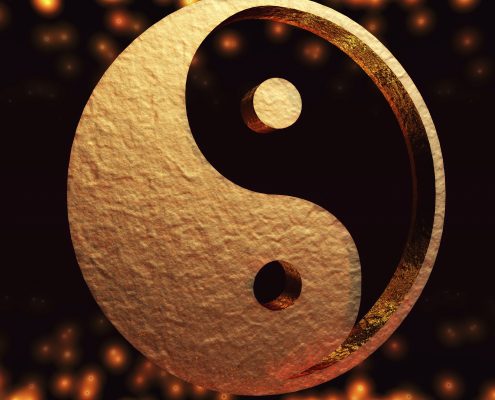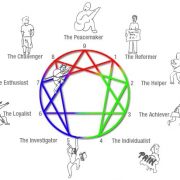WHAT IS GESTALT THERAPY? …AND WHAT IS IT BASED ON?
The word gestalt is German and means ‘figure, entity’ and derives from “stellen” – meaning ‘placing’, originally ‘that which is placed in order’.
In Danish, the word is often used about “ghost”, as written in the Danish newspaper Jyske Vestkysten in 2008: “There is guaranteed creepiness if you participate in Ghost Walking, where dark gestalts bring the guests into shadowy corners telling them sinister stories” – or in fields like psychology, music, and natural science.
That being said, Gestalt therapy was “invented” by German Friedrich Salomon Perls, who took the name Fritz Perls later on. He was a psychiatrist and psychotherapist. His so-called Gestalt therapy was based in Gestalt psychology, as well as in Zen Buddhism and Taoism phenomenology, and in existentialism. Fritz believed that it was important to use “the obvious here and now” as the point of departure.
Furthermore, Gestalt therapy has elements of C. G Jung’s depth psychology, Jacob Moreno’s psycho drama, etc.! Thus, Gestalt therapy is also a dose of traditional psychology mixed thoroughly with spiritual holistic elements from Zen Buddhism and from Taoism.
The therapy as such is all about closure and making whole. E.g. being hungry is considered an open gestalt – and conversely, eating is considered closure of the gestalt. In the same way, feeling like social contact is an open gestalt, and being with friends is closure for the gestalt. In order to get your gestalts closed, you have to recognize which open gestalts need closure in order to create “balance in the system”. This is precisely why Zen Buddhism and Taoism are central elements in Gestalt therapy, since they work with the universal force to create balance between Yin and Yang.
“Mindfulness” and “Focused Awareness” are also terms that are recognized and used in Gestalt therapy.
One can only conclude that “Wholeness in balance” is the key term in Gestalt therapy – i.e. a holistic treatment technique.
Andreas Slot-Henriksen
July 13, 2018
Translated from Danish
by Lisbeth Agerskov Christensen







